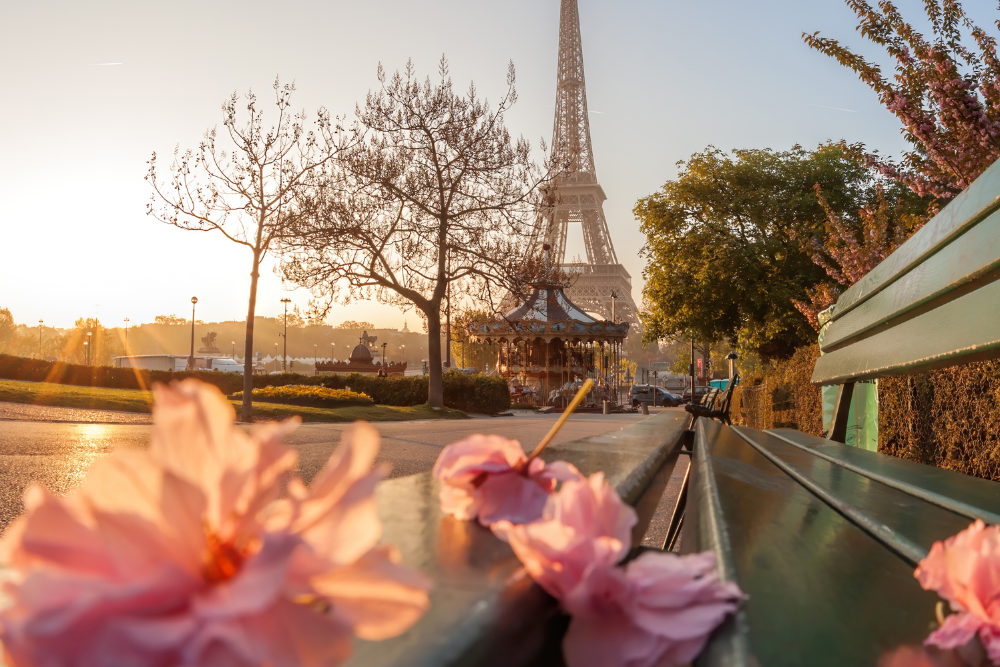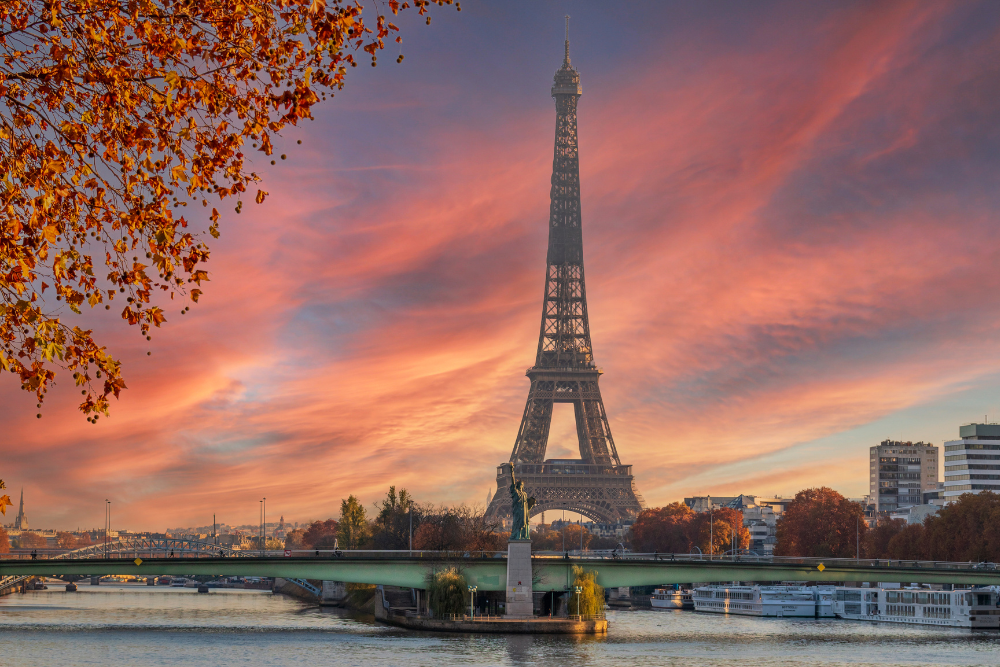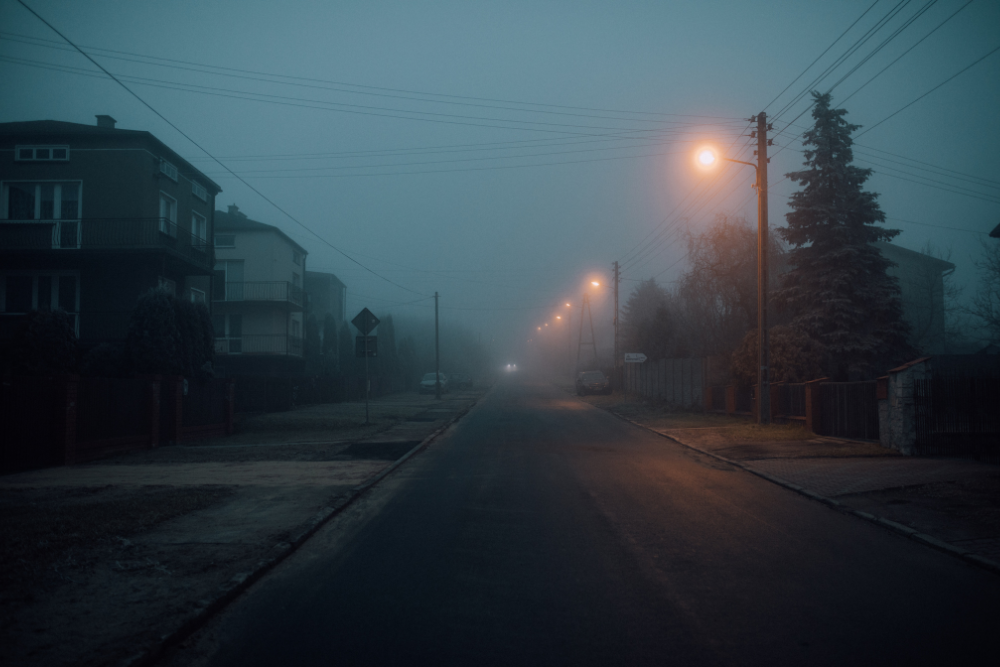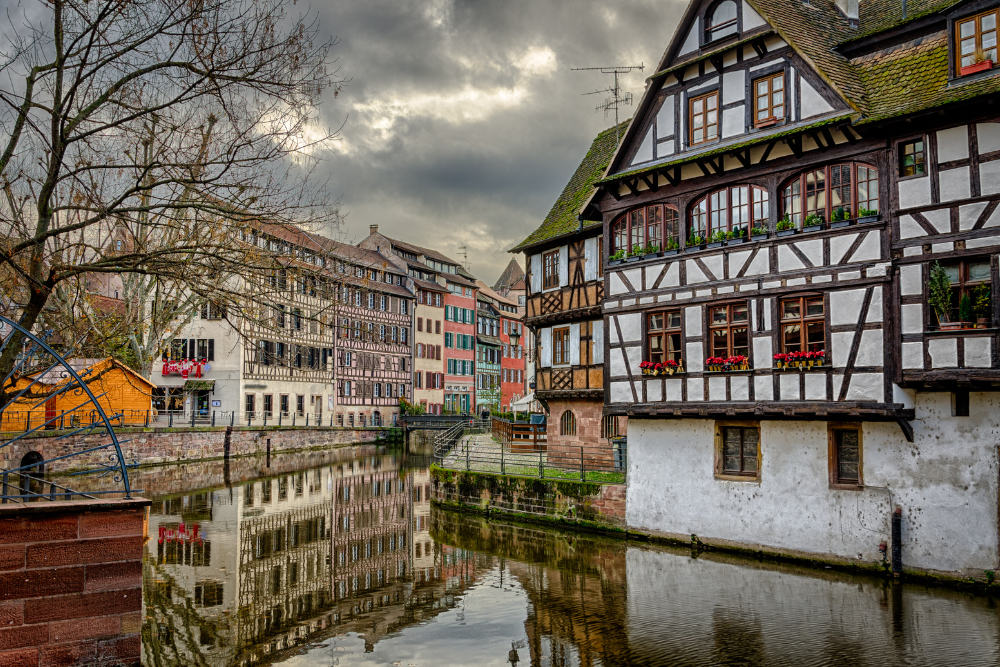France is a year-round destination, offering distinct experiences with each season. Whether you’re looking for vibrant city life, charming countryside escapes, or coastal relaxation, knowing the best time to visit can help you make the most of your trip. Each season in France has its own charm, and your ideal travel time will depend on your interests, preferred activities, and budget. Here’s a seasonal guide to help you plan your visit to France.
Spring (March to May): Blossoming Beauty and Mild Weather

Spring is one of the best times to visit France, as the weather starts to warm up and the landscapes burst into bloom. Parks and gardens, such as the Jardin des Tuileries in Paris or the lavender fields of Provence, come alive with color. The crowds are thinner compared to the peak summer months, making it an excellent time for sightseeing without long queues. Additionally, spring marks the beginning of wine festivals in regions like Bordeaux and Alsace, offering a chance to experience France’s rich viticulture.
Best For: Sightseeing, wine tasting, outdoor activities, and photography.
Summer (June to August): Peak Season and Coastal Escapes

Summer in France is lively and warm, making it the peak tourist season. The French Riviera, Normandy beaches, and Atlantic coast become popular destinations, perfect for sunbathing and water sports. Paris sees an influx of visitors, but many Parisians head to the countryside or coastal regions for their own vacations. This is also the season for famous events like the Tour de France and Bastille Day celebrations. However, prices for accommodations and flights tend to be higher, and major tourist spots can be crowded.
Best For: Beach vacations, festivals, and outdoor adventures.
Autumn (September to November): Harvest Season and Fewer Crowds

Autumn in France is a magical time, especially for food and wine lovers. The vineyards of Burgundy, Bordeaux, and Champagne are in full harvest mode, offering opportunities for wine tours and tastings. The fall foliage transforms the countryside into a picturesque setting, ideal for scenic road trips and countryside retreats. The weather remains mild in early autumn, allowing for comfortable sightseeing. With fewer tourists, popular attractions become more accessible, and travel costs tend to drop.
Best For: Wine tourism, cultural exploration, and scenic countryside visits.
Winter (December to February): Festive Charm and Snowy Escapes

Winter in France brings a mix of festive cheer and winter sports opportunities. Christmas markets in Strasbourg, Colmar, and Paris create a magical atmosphere with twinkling lights, mulled wine, and artisanal gifts. The French Alps and Pyrenees offer world-class skiing and snowboarding experiences. While the weather can be cold and damp in some regions, it’s a perfect time to enjoy hearty French cuisine in cozy cafés and bistros. Additionally, winter is the low season for tourism in most cities, meaning lower prices and fewer crowds at major attractions.
Best For: Christmas markets, skiing, and cultural city breaks.
Conclusion

The best time to visit France ultimately depends on your interests and travel preferences. Spring and autumn offer pleasant weather and fewer crowds, making them great options for sightseeing and cultural experiences. Summer is perfect for beach lovers and festival-goers, while winter provides festive charm and excellent skiing opportunities. No matter when you visit, France’s diverse landscapes and rich culture ensure an unforgettable experience year-round. Plan your trip based on the seasonal highlights that align with your interests, and you’ll discover the best that France has to offer.












